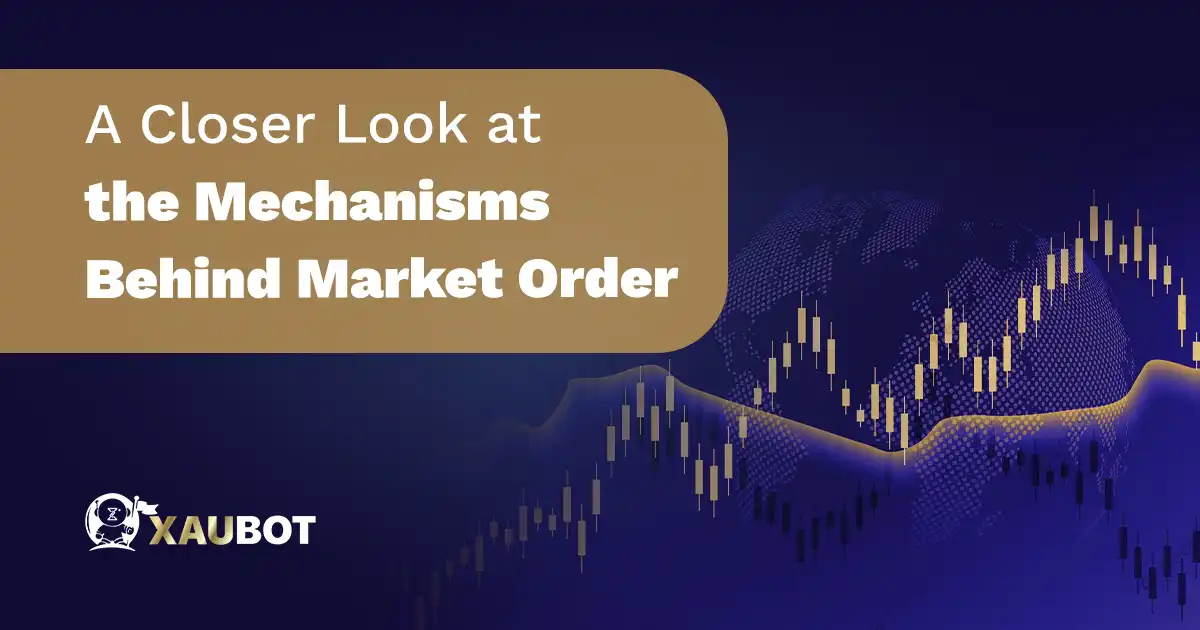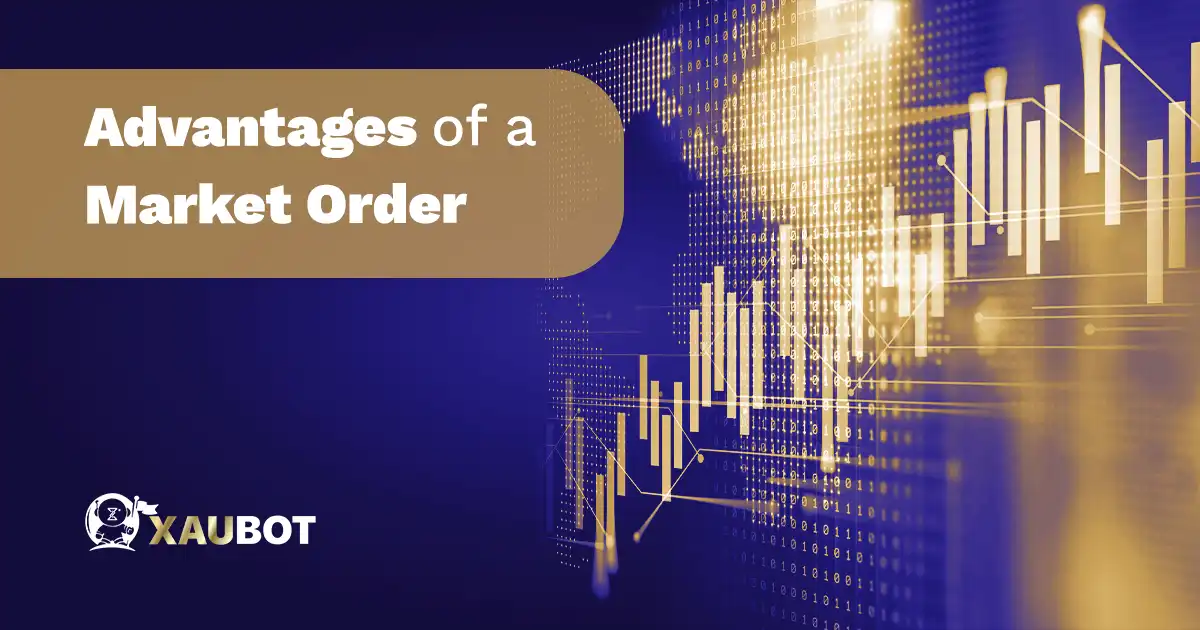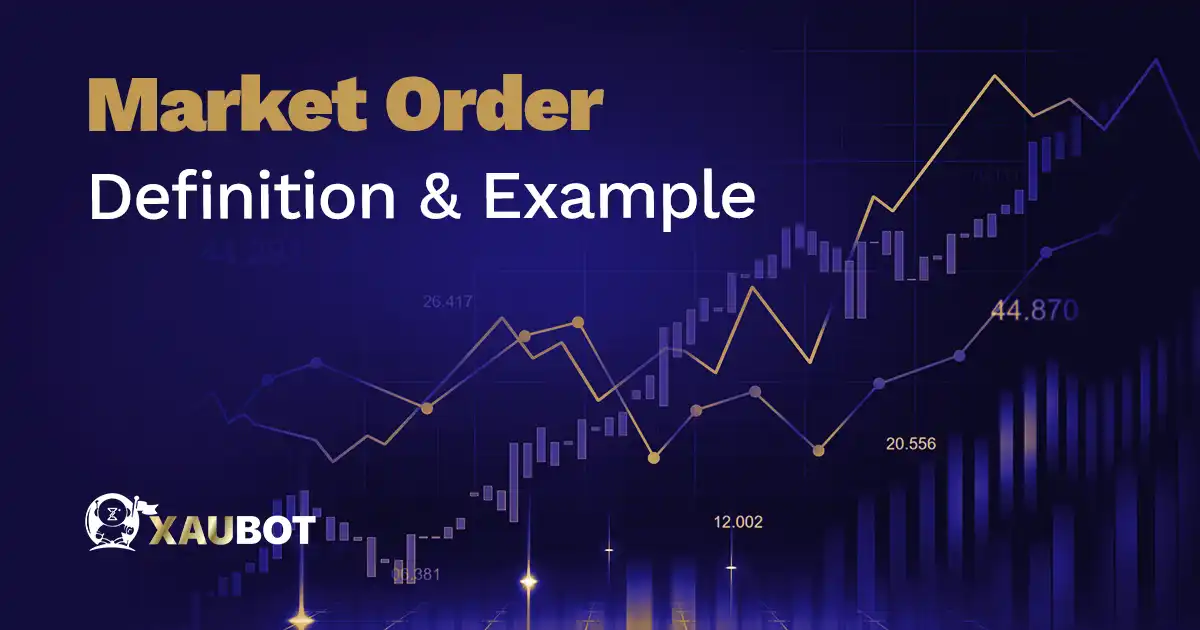Market Order Definition & Example
One of the simplest orders that are available to all traders in financial markets, such as the foreign exchange market or forex, is a market order.
There are, of course, some orders that are much more complex and harder to understand and implement. But a market order is one for all traders and an order for all seasons!
Essentially, a market order is a directive based on which the broker is required to sell or buy your requested asset at the best price possible – depending, naturally, on the market conditions and price movements at the time of the issuance of the order.
Given the prevalence, importance, and widespread use of this order, we want to bring market order under exact evaluation in this article. Together, we will see what a market order is, how it works, why it should be used, and also go through an actual instance of this order.
What Is the Definition of a Market Order?
So as it was pointed out, a market order is a buy or sell order to the broker according to which your broker will provide you with the best order possible in the market.
In fact, the market order is so prevalent that it is the default option that many traders choose to buy and sell in whatever financial market they are active in.
So a market order has basically one characteristic. Which is of course placing the order and directing the broker to find the best price. Such an order is extremely popular in most financial markets. Especially markets that are more liquid.
This means financial markets that provide a higher degree of liquidity – i.e. with a high number of buyers and sellers. As such, because there are many buyers and sellers out there, it is very possible to get the price you want.
So in such markets, when you issue a market order, it is highly probable that your order will be filled by the broker instantly.
Of course the other side of a market order would be a limit order. They stand in complete opposition to each other. With the market order you say the broker can choose the best price available. Whereas with a limit order you actually specify the price you want. So the chances of your order being filled are accordingly smaller.
Now let’s take a closer look at the inner mechanisms of a market order.
A Closer Look at the Mechanisms Behind Market Order

A Closer Look at the Mechanisms Behind Market Order
The notion behind a market order is one of the most fundamental notions in all financial markets. With the help of which you instruct your broker or market mediator to close up a deal with the best price possible.
In fact, the prevalence of such a notion is so high that in almost all financial markets when you want to place an order and you clock on buy or sell, the default order type is a market type.
Other than the market order which is the most common, there is the market close and of course the limit order. The first one, i.e. the market close order, as the name suggests, will specify a directive for the broker to fill the order at the exact end of the market day on that day. Such orders are quite practical for traders who are of the opinion that they will get the best prices at the end of the market day.
And of course we discussed the limit order, which allows the trader to specify a price and the broker will provide you with that price or even a better option. That is of course if it can be possible. otherwise your order will be canceled.
So, if you are not so sure about market conditions, a market order is the best choice you have available.
How Do Market Orders Work?
The way a market order works is that you instruct your broker to buy or sell your requested asset at the best available price in the market. Of course this best available price can depend on so many options.
And chances are you might be able to get a fair price. Now pay attention that the key word here is fair. And that is what traders usually get with a market order.
This is again because there are so many factors involved in the specification of the price in the market for any given asset. And the best available option at that point can be both fair or below proper valuation.
Advantages of a Market Order

Advantages of a Market Order
There are a number of advantages to the market order. The first one has to do with the ease of use. This order is extremely easy to use. You do not need to have a great degree of knowledge or experience in the market in order to use this order. In fact, you almost don’t need to do anything. Because as said above, a market order is the default order in most markets. So you just need to click buy or sell and the order is a market order.
Secondly, because you are leaving the price to the broker, and in fact you are requesting the best price possible, this means you are not being a picky trader. As a result, chances are your order will be filled faster than almost all other orders.
Disadvantages of a Market Order
The biggest disadvantage of a market order can be seen in a market with a really low liquidity. Markets that are not so liquid do not have a lot of comings and goings.
As a result, not only will your market order be filled slower than in other markets, but also chances are you will end up with a less desirable price – solely because there are not many buyers and sellers out there in the market.
Example of a Market Order

Example of a Market Order
We usually use the example of the stock market for various orders in financial orders, because stock markets are more easily understood by the general mass. So, let’s go down the same route.
Imagine you want to buy 300 Tesla shares. When you place a market order to buy these 300 shares, the broker will look through the order book to see what is available. Depending on the available shares for sale, it is possible that 100 shares will be bought at $269, and 100 shares will be bought at $271, 50 at $272, and the last 50 at $273. So you can see the first partial fill is of course the best price and it goes higher from then on. This is of course for a buy market order. A sell market order would naturally work in reverse.
Conclusion
A market order will give traders the upper chance of having a very easy method of placing buy or sell orders with their brokers without having to specify a price. This means you do not have to go through all the rigmarole of analyzing the market to find the best prices. With a market order you will get the first best price available.
